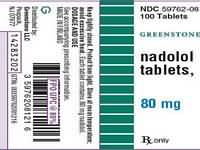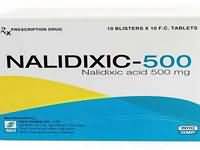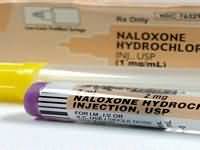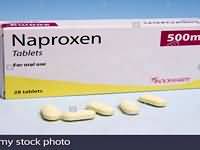rivastigmine
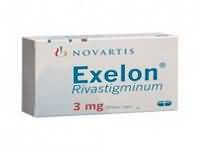
CLINICAL USE
Mild-moderate dementia in Alzheimer’s diseaseIdiopathic Parkinson’s diseaseDOSE IN NORMAL RENAL FUNCTION
3–6 mg twice daily (initially 1.5 mg twice daily)PHARMACOKINETICS
DOSE IN RENAL IMPAIRMENT
GFR (mL/MIN)
DOSE IN PATIENTS UNDERGOING RENAL REPLACEMENT THERAPIES
IMPORTANT DRUG INTERACTIONS
Potentially hazardous interactions with other drugsMuscle relaxants: enhances effect of suxamethonium; antagonises effect of non-depolarising muscle relaxantsADMINISTRATION
Reconstition
–Route
OralRate of Administration
–Comments
–OTHER INFORMATION
Administer with food. Swallow whole .
See how to identify renal failure stages according to GFR calculation
See how to diagnose irreversible renal disease
Home
